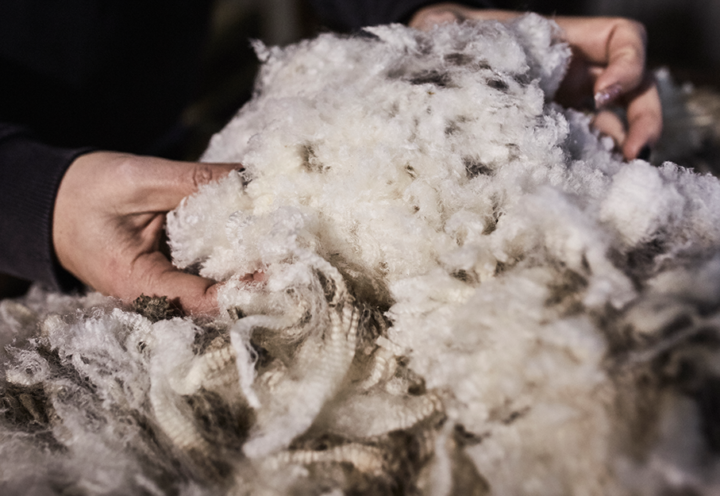What is polyester?
Polyester is a manmade fibre, synthesized from petrochemical products by a process called polymerization. Polyester is derived from crude oil petroleum and is a non- renewable resource. It is processed through a system called ‘cracking’ which treats the petroleum though intensive heating and cooling, fuel, solvents, pressure and catalysts to break down the molecular structure.
Once polymerized, polyethylene terephthalate PET (think water bottles) is created in a liquid form. This liquid can then be extruded, dried and chopped into small pellets and is ready to be melt spun through industrial spinnerets. Once cooled and hardened, it forms a polyester yarn that can then be woven into a textile. Although most sources of polyester are petroleum-based, some alternatives include recycled plastic (most commonly referred to as rPET), or bio-based polyester from agricultural crops or waste.
Recycled Polyester
Polyester can be either mechanically or chemically recycled using pre or post-consumer waste. However, according to the Textile Exchange Preferred Fibre Materials Report 2017, only 7% of all polyester used is recycled. When chemically recycled, the PET flakes are broken down into the base chemical molecule, which then goes back into the original polyester manufacturing system.
The most common form of recycled polyester is known as rPET, which comes from discarded clear plastic bottles instead of raw petrochemicals. Polyester fabric recycling, where the actual polyester yarn is recycled, is less common. In this case, polyester scraps and textiles are broken down into fibre components that can then be spun into the recycled yarns.
The rPET Recycled Polyester Process
|
|
|
|
|
|
It is estimated that in 2016 2.9 billion plastic bottles were diverted from landfills to be recycled back into polyester yarns.

 1. Selection
1. Selection 2. Cleaning
2. Cleaning 3. Shredding
3. Shredding 4. Processing
4. Processing 5. Melting
5. Melting 6. Yarn
6. Yarn


